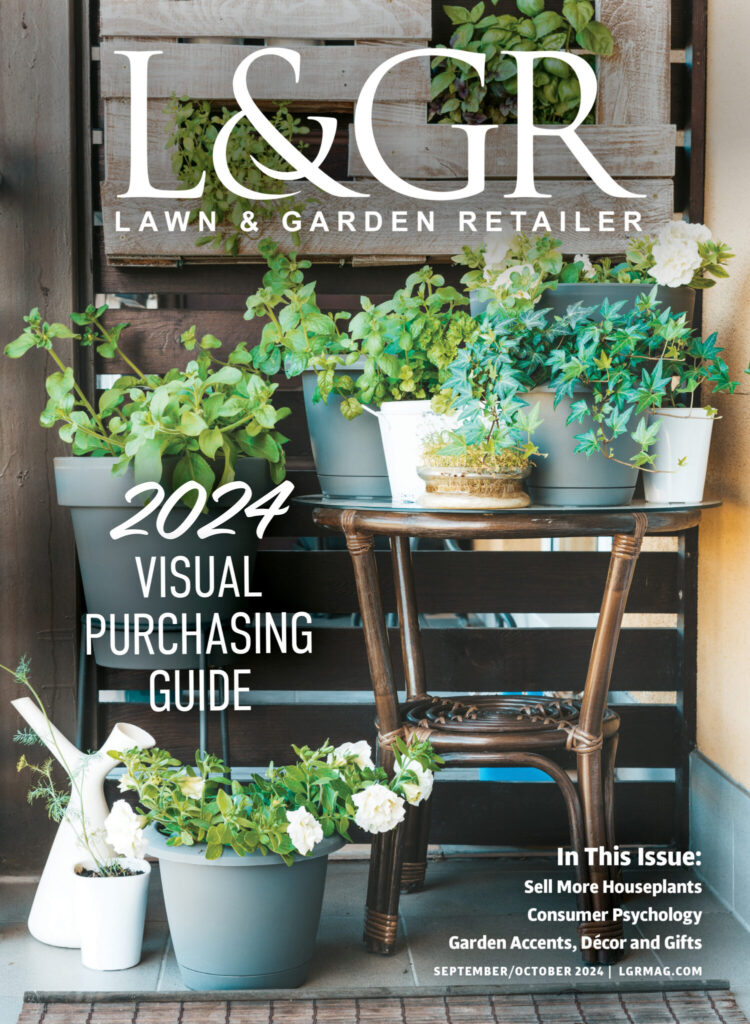Specialized Customer Service — Disease and insect diagnosis
We’re all familiar with customers who bring in baggies filled with diseased and/or insect-infested leaves, asking plaintively, “What’s wrong with my plants?” We make every effort to staff our retail store with people who are prepared not only to answer that question, but also to help solve the customers’ problems. Many of our employees have degrees in horticulture, and seven are Illinois Certified Nursery Professionals.
While working at the Chicago Botanic Garden’s Plant Information Office, I realized this void needed to be filled. Customers were like sponges, soaking up any information they could get. The quest for answers at the Plant Information office would fluctuate from 300 questions a month in January to 3,000 questions a month during the peak season of May through July. We would diagnose diseases, identify insects and determine cultural problems and give cultural, chemical and biological solutions based on University of Illinois recommendations. The customer then had to decide which method of control was best, and if a chemical was recommended, where to find it.
Garden Pharmacy
Several years ago, we decided to isolate the pesticides in one area of the store, called the “Garden Pharmacy,” away from heavy traffic, yet still clearly visible. A green awning marks the entrance, and the room is ventilated to draw out odors chemicals tend to shed. On the other side of customer preference, customers who are opposed to chemical use are not exposed to them and customers who are looking for chemical treatments can easily find them in one location.
Using a marketing system, the shelves are color coded for each type of chemical so customers can find the products on their own when the staff is busy. However, during the peak season we try to have a staff person present at all times in the pharmacy to translate. There is also a research desk with reference books, a microscope for staff use, and monthly pest and disease handouts. More handouts are on a display wall in the pharmacy for self-serve customers.
This combination of staff diagnosticians and the Garden Pharmacy is one of our most useful services. Not only do customers get answers to their problems, but they can also purchase the product to solve it.
Education Center
Another part of our customer satisfaction is linked to the Chalet Education Center. We believe educated customers are better customers. To help them, we offer a 10-week lecture series each quarter. The lectures are held Fridays and Saturdays, free of charge with no reservations required. They are held in a lecture room that seats 50 and is equipped with an audio/visual system, which allows videotaping of each lecture. A monitor in the garden center runs simultaneously to increase customer awareness of the series.
All lectures have a handout highlighting the main points of the lecture, so the customer can concentrate on the speaker rather than taking extensive notes. Lecture topics are selected from the “Customer Satisfaction Survey.” Information gathered from the survey includes how they discovered our lecture series, suggested future topics, speaker evaluations, and names and addresses for the Education Center mailing list. We get an 85-percent return on the surveys by offering a drawing for a Chalet gift certificate. The lecture schedules are mailed to all customers on the mailing list.
Keeping Staff Knowledgeable
The key to the success of these services is keeping staff members current on the latest research and the newest products, so we arrange “product knowledge” seminars from our suppliers. Reference books are another tool we use.
* Ortho Problem Solver by Michael McKinley
* Diseases and Pests of Ornamental Plants by Pascal P. Pirone
* Coincide by Donald Orton
* Plant Health Care for Woody Ornamentals by John Lloyd
* Insects that Feed on Trees and Shrubs and Diseases of Trees and Shrubs by Warren T. Johnson
* The Organic Gardener’s Handbook of Natural Insect and Disease Control by Barbara W. Ellis
* University of Illinois’ 2003 Commercial Landscape & Turfgrass Pest Management Handbook
The staff is also encouraged to attend seminars at trade shows and main events held within the industry that cover pest and disease topics.
Two Additional Resources
Home, Yard & Garden Pest Newsletter. This newsletter is written by Extension Specialists from the University of Illinois at Champaign-Urbana and the Illinois Natural History Survey.
These plant pathologists, entomologists and horticulturists write about problems that are being seen throughout the state (Check your state for similar resources).
Plant Health Care Report. This scouting report of the Morton Arboretum, Lisle, Ill., is prepared by Donna Danielson and reviewed by Karel Jacobs, Ph.D., Plant Pathologist, both, at the Morton Arboretum, and Fredrick Miller, Ph.D., Entomologist of Joliet Junior College. It comes out weekly with information on diseases, insects and weeds that have been seen at the Morton Arboretum. Also included is a feature article of the week with current research findings or information about new varieties of ornamental plants.
A final resource that we use if we are stumped, or if the diagnosis is serious enough, is the University of Illinois Plant Clinic.
The clinic is open May 1 through September 15. Plant pathologists that have been there for many years have seen everything that has occurred in the state for a very long time and they provide significant support. There is a fee for a diagnosis and recommendation, and it is worth every cent. To confirm a diagnosis or to identify a mysterious malady, we advise that the customer send a specimen directly to the Plant Clinic. Check with your state to see if they provide this invaluable service.
Keeping Up
My staff and I hold weekly meetings to talk about recent articles and discuss samples that we see from customers. We usually see the same pest or disease from different customers. One example was a few years back when we saw most often the Euonymus scale. During July, we saw 10-15 samples per week. In epidemic situations like this, we write a one-page fact sheet that describes the pest or disease, the damage it can cause and the way to control it. The customer can take a copy to read after we diagnose the problem.
As a result of these efforts, our reputation as good “plant doctors” has been growing. This is evident in the number of people who bring samples into the store, drawn by word-of-mouth. We realize just how many samples come in when we are preparing for the annual “Diseases and Insects of the Season” lecture where we fill the entire Education Center with interesting specimens. The best are displayed in the Garden Pharmacy for people to compare with their own plants.
Customers turn to us to help diagnose and treat their plant ailments. Our knowledgeable staff, the Garden Pharmacy and the Education Center work very well when helping customers with their pest and disease problems. Hopefully you can apply some of this information to your own sales and customer satisfaction.

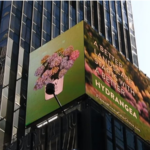


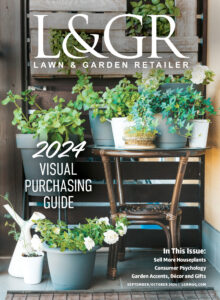
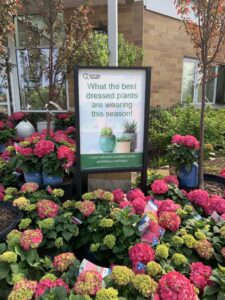

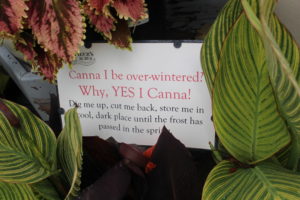

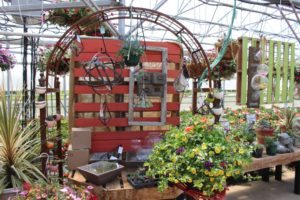
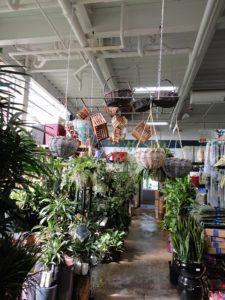
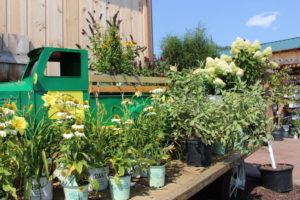
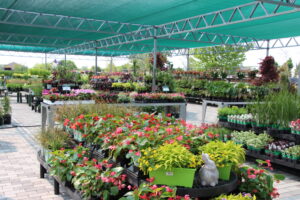

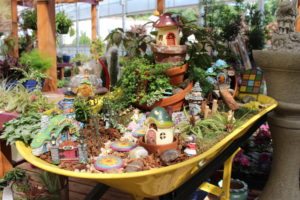
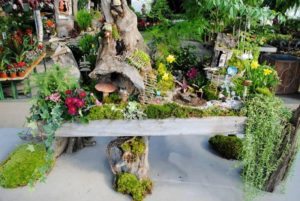

 Videos
Videos




